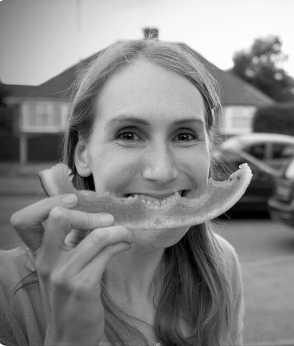Titration Calculations
- Once a titration is completed and the average titre has been calculated, you can now proceed to calculate the unknown variable using the formula triangle as shown below:

Formula triangle showing the relationship between concentration, number of moles and volume of liquid
Worked example
Example 1:
A solution of 25.0 cm3 of hydrochloric acid was titrated against a solution of 0.100 mol / dm3 NaOH and 12.1 cm3 were required for complete reaction.
Determine the concentration of the acid.
Answer:
Step 1: Write the equation for the reaction:
HCl (aq) + NaOH (aq) → NaCl (aq) + H2O (l)
Step 2: Calculate the number of moles of the NaOH
Moles = (volume ÷ 1000) x concentration
Moles of NaOH = 0.0121 dm3 x 0.100 mol / dm3 = 1.21 x 10-3 mol
Step 3: Deduce the number of moles of the acid
Since the acid reacts in a 1:1 ratio with the alkali, the number of moles of HCl is also 1.21 x 10-3 mol
This is present in 25.0 cm3 of the solution
Step 4: Find the concentration of the acid
Concentration = moles ÷ volume
Concentration of HCl =1.21 x 10-3 mol ÷ 0.025 dm3 = 0.0484 mol / dm3
Worked example
Example 2:
25.0 cm3 of a solution of 0.05 mol / dm3 sodium carbonate was completely neutralised by 20.00 cm3 of dilute hydrochloric acid.
Calculate the concentration of the hydrochloric acid in mol / dm3.
Answer:

Exam Tip
Make sure that you have a balanced equation and that your volumes have been converted to dm3 before you start the concentration calculations.
You are not given the concentration-moles formula triangle in exams so you have to learn it. It is a good idea to write it down before you start a problem, so you get all the parts in the correct place.
Finally, check that your answer makes sense! The concentrations will usually be similar orders of magnitude, so double check if the values seem very different for the two solutions.

